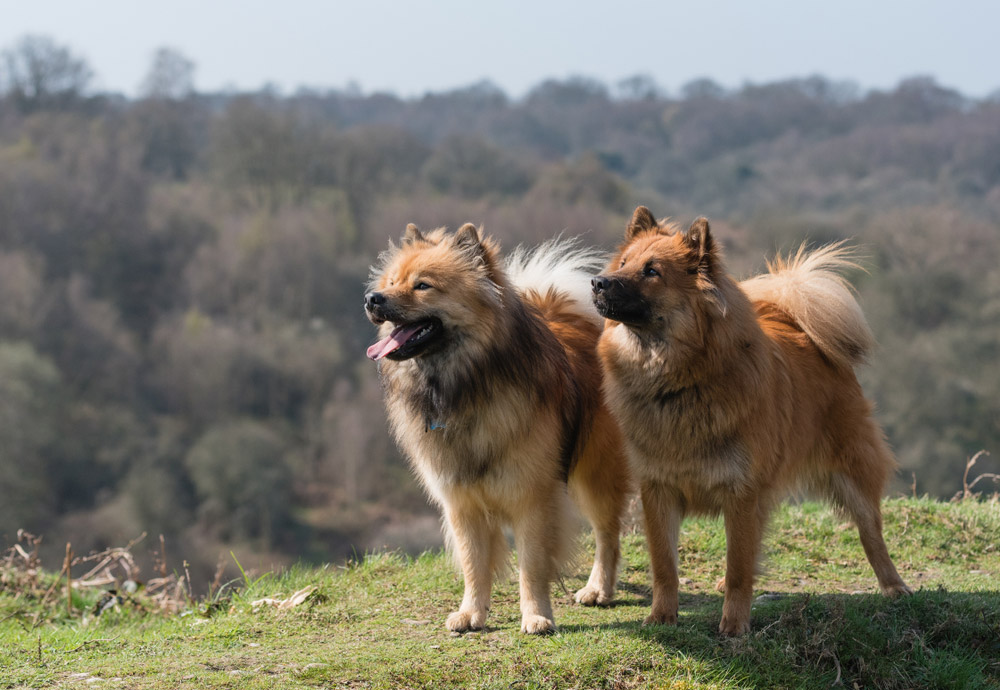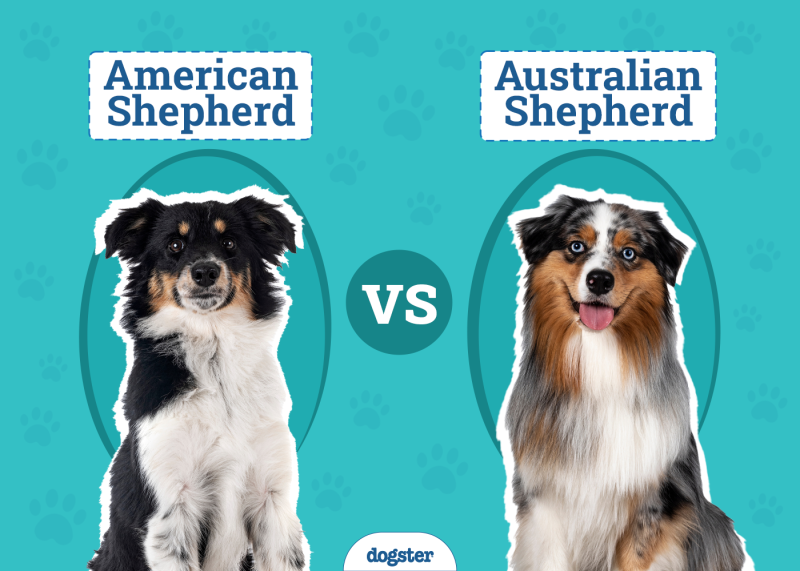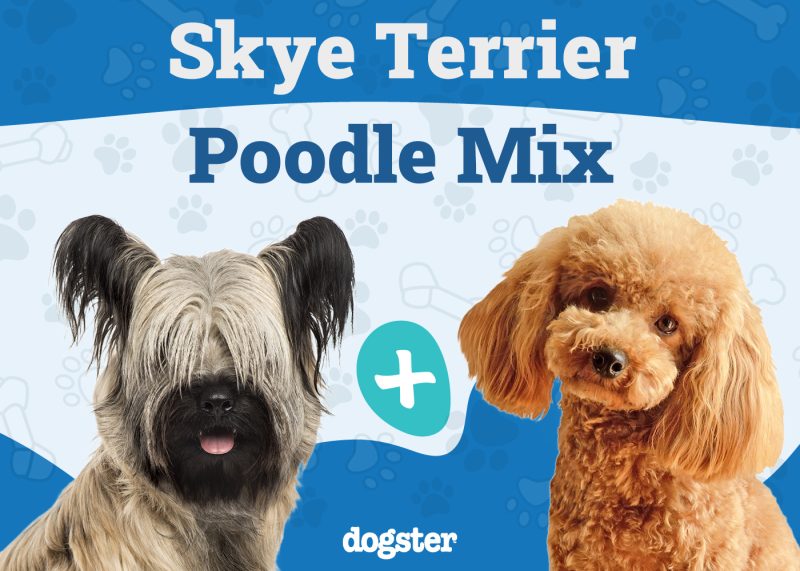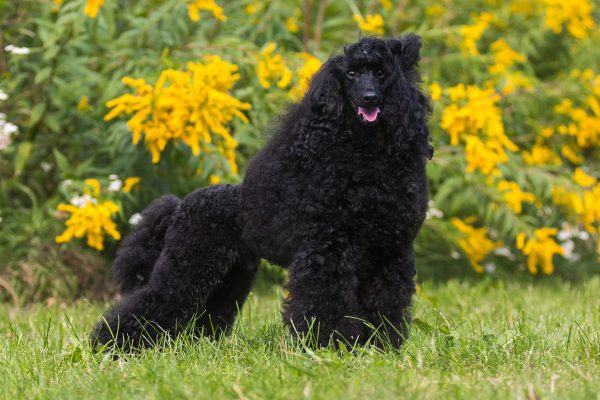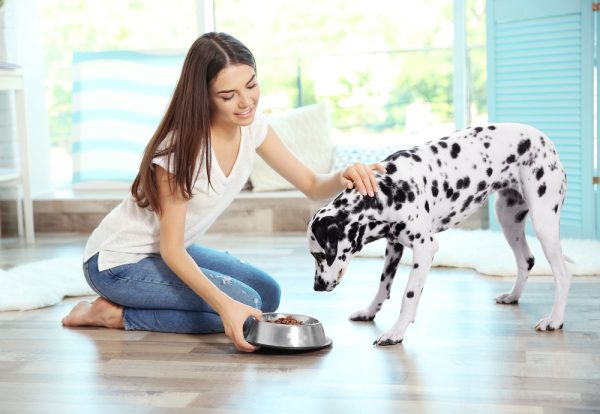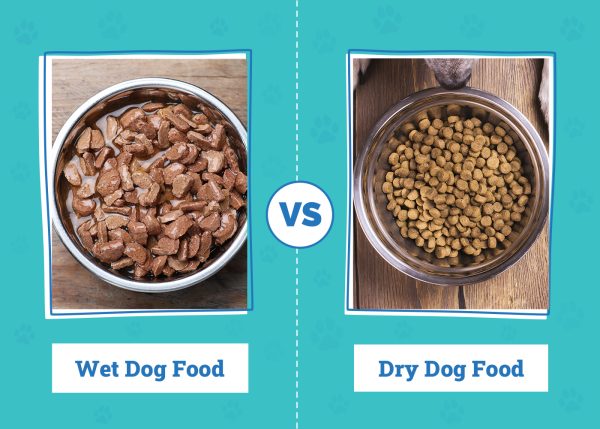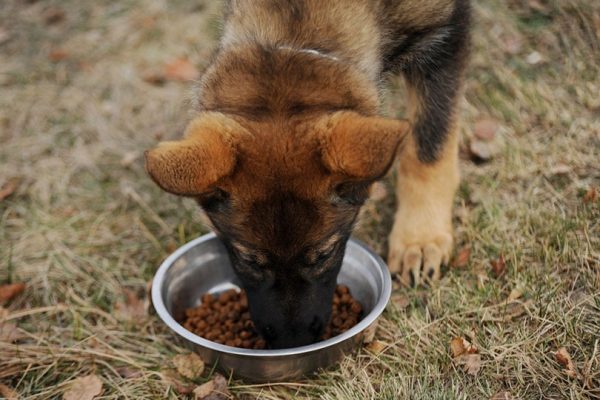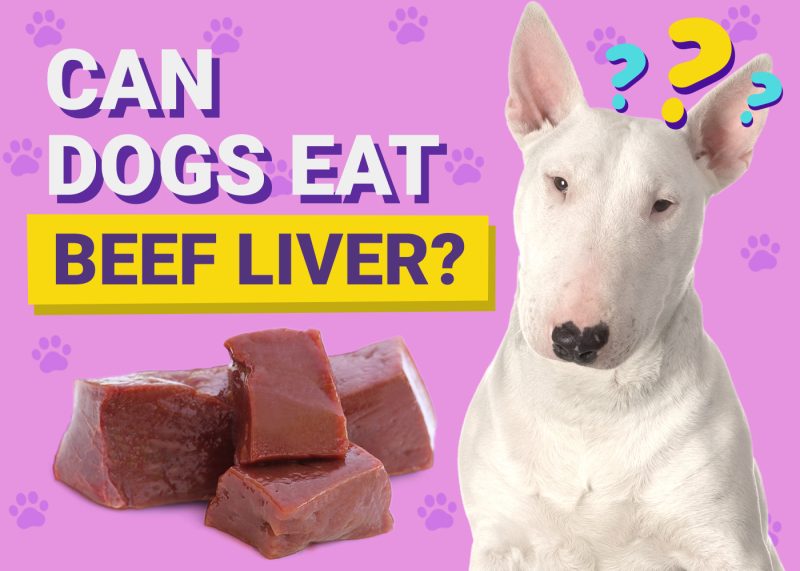In this article
There is no question that humans love their pets, with more than half the homes in the United States having at least one and around 97% of those feeling like their dogs are members of their family.1 However, some owners might wonder how our pets feel about us and if dogs can fall in love with other dogs. Evidence shows that dogs can fall in love. If similar thoughts have crossed your mind, keep reading as we look into the science behind it and discuss signs of canine affection.

Do Dogs Fall in Love With Other Dogs?
The question of whether dogs can fall in love with other dogs like humans can fall in love with other humans is a long-standing mystery that is just one small aspect of the wide range of emotions that your canine might feel. It does seem that dogs can experience feelings of what we would call love, but it may not be quite the same as what we experience.
Unfortunately, we can’t ask them for more details, so we need to rely on science and our close observations of our pets over time to make an educated guess.

The Canine Social Structure
Dogs are descendants of wolves, and both animals show a strong ability to form packs. These packs have complex social hierarchies and require unique bonds that may be seen along the same lines as affection and love.
Signs of Canine Affection
Observing a dog’s interactions and behaviors can often reveal how they feel, much like they do in humans. When dogs show excitement upon seeing each other, engage in mutual grooming, and exhibit distress when separated from their companions, it is a sign that they may have strong feelings for them.
Natural Selection
Many pet owners notice that their dogs tend to select companions to play and socialize with that have similar personalities, play styles, and energy levels, which is similar to the way that humans choose their friends and loved ones.
The Love Hormone
One critical hormone in the discussion of love, both in humans and dogs, is oxytocin, which many people refer to as the love hormone because it plays a significant role in bonding and social behaviors. Recent studies show that dogs’ brains release oxytocin when they interact positively with other dogs, especially when those interactions are reciprocated, which suggests that a dog can experience a form of love or strong affection toward other dogs.

Positive Brain Activity
It’s also been shown that a dog’s brain’s “reward center” is activated when they smell their owner. This would indicate that they have a positive association with familiar people, potentially being called love.
The Role of Play and Socialization
The way that dogs play is a vital part of how they interact with each other. Through play, dogs learn about each other, establish social hierarchies, and develop trust, which is similar to the way that humans develop relationships.
Emotional Complexity
While dogs do exhibit many signs that point to them having the capability of loving one another like humans, their true emotions are likely quite unique from ours.

Frequently Asked Questions
Do Dogs of the Same Breed Fall in Love Easier?
Dogs of the same breed may find it easier to bond due to having similar play styles and body language. However, love and affection may occur between dogs of any breed.
How Can I Encourage My Dog to Form Healthy Relationships With Other Dogs?
Ensuring that your dog spends plenty of time with as many other dogs as possible while they are still a puppy is one of the best ways to help them be friendly toward other animals as adults. Always introduce the dogs on neutral ground, and watch them closely as they play, especially at first. It is also important to ensure that both dogs have access to resources like food, water, and toys.
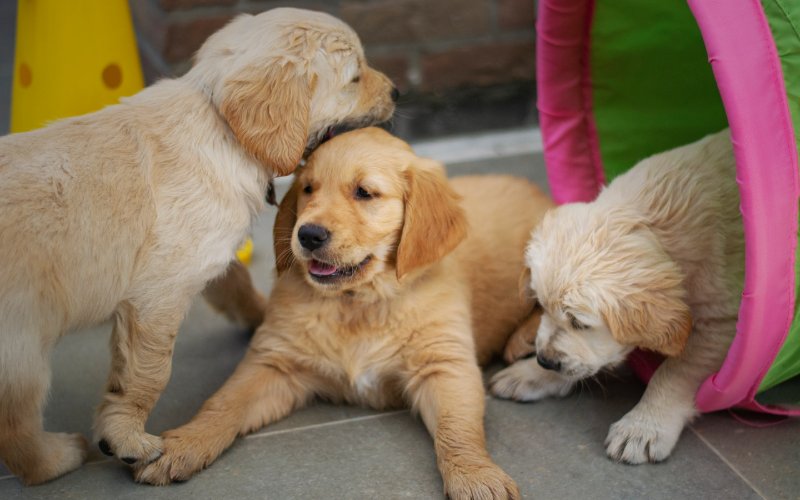
Is It Possible for Dogs to Show Affection to Humans Like They Do to Other Dogs?
Yes, dogs can form strong emotional attachments to humans. The release of oxytocin also occurs when they interact with us, suggesting that they are capable of loving us humans as much as other dogs.

Summary
While we can’t ask our dogs if they can feel love, there is strong scientific evidence to suggest that they do. Their bodies release the hormone oxytocin when they see their favorite companions, which is what happens to humans when we meet up with our loved ones. MRI scans also show increased brain activity during these sessions. However, as pet owners, we don’t need fancy machines to tell us that our pets are in love—we just need to watch them spend time with each other!
Featured Image Credit: Karen Appleby, Shutterstock
